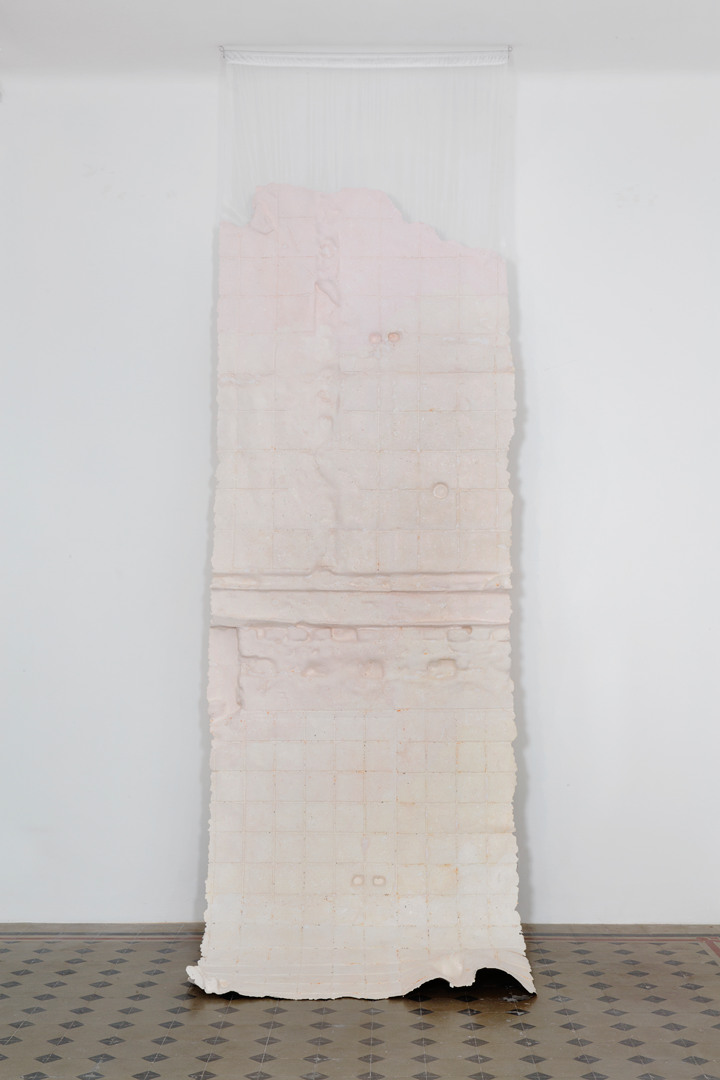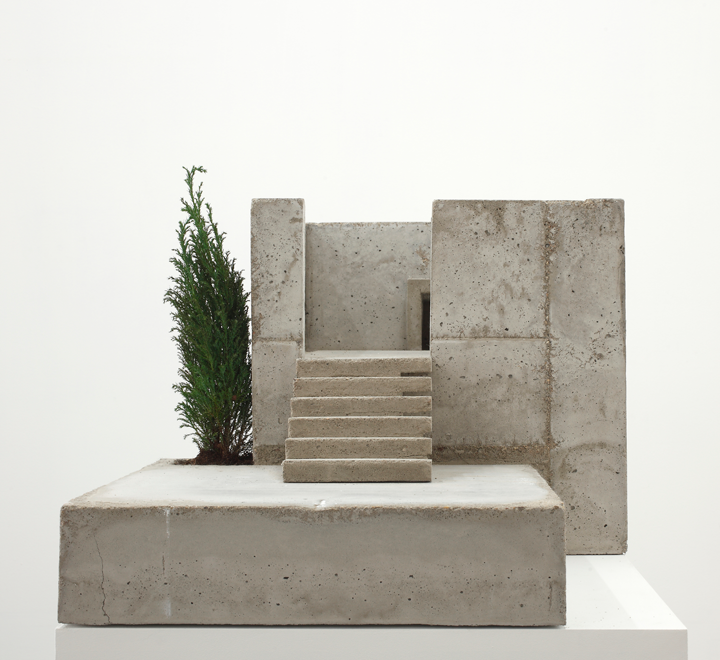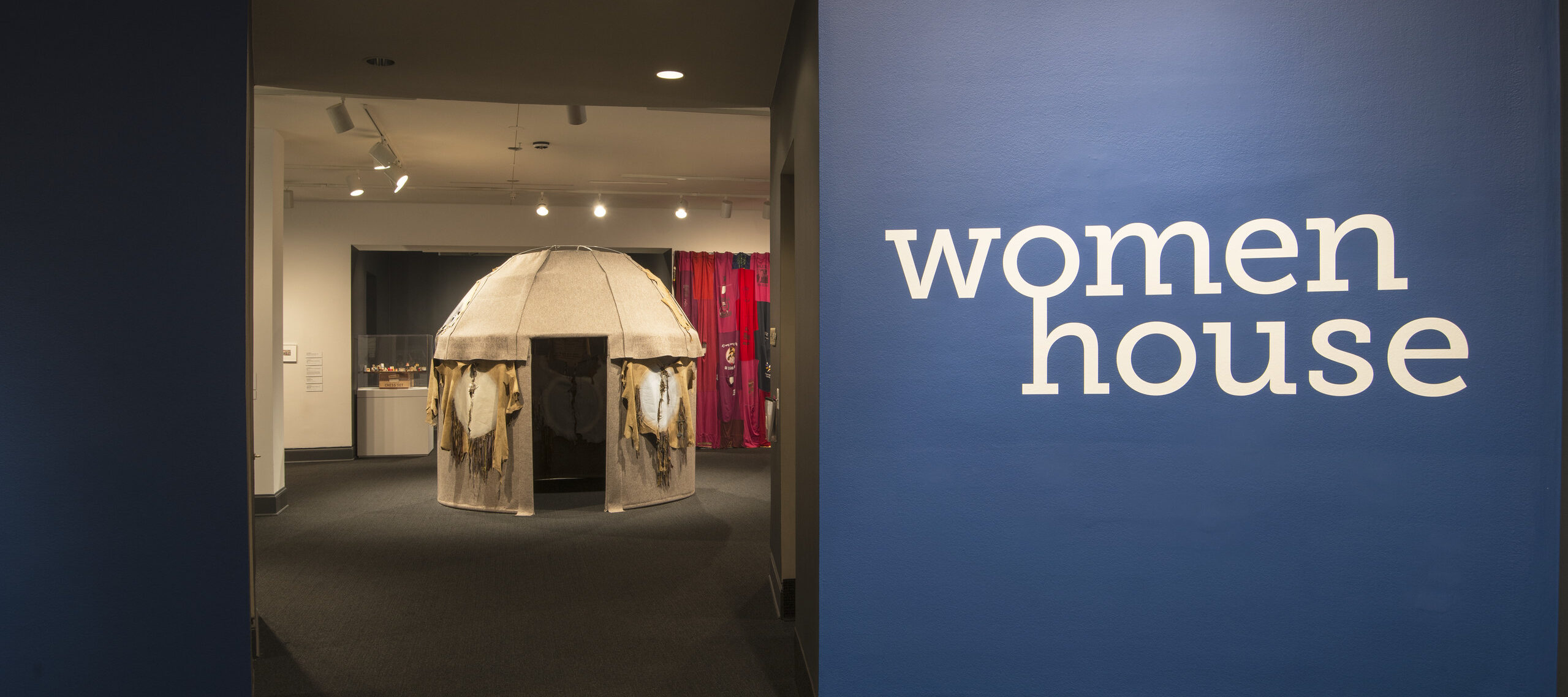Questions about a woman’s “place” resonate in our culture, and conventional ideas about the house as a feminine space persist. Global artists in Women House recast conventional ideas about the home through provocative photographs, videos, sculptures, and room-like installations. Works by Nazgol Ansarinia, Isa Melsheimer, and Heidi Bucher speak of absence and the haunting quality of domestic spaces.
Nazgol Ansarinia’s Membrane (Unbleached Silk), 2016
Nazgol Ansarinia’s (b. 1979, Tehran, Iran) work testifies to rapid changes in Tehran in recent years. An urbanization process has led to the destruction of small, low-rise houses in order to make room for large residential blocks.
The artist sees this massive demolition as erasing collective memories forever. Developed through a 3-D scanner, Membrane is the monumental impression of a structural wall exposed when an adjacent building was demolished.

Isa Melsheimer’s Dachgarten/Treppe (Roof Garden/Stairs), 2010
Isa Melsheimer’s (b. 1968, Neuss, Germany) model represents part of a no-longer-extant roof garden near the Champs-Élysées in Paris. Designed by Le Corbusier in the 1920s for the art collector Charles de Beistegui, the space had walls five feet high but no roof.
Directly open to the sky, the room offered glimpses of just the tops of Paris’s Arc de Triomphe and Eiffel Tower. On view nearby is Melsheimer’s related work, Beistegui, which includes an embroidered textile showing these views. This work also features a stuffed cockatiel, an imagined resident of Beistegui’s open-air living room.

Heidi Bucher’s Psychiatrische Anstalt in Kreuzlingen—Schloss Bellevue “Fenstertüre” (Mental Institution in Kreuzlingen—Bellevue Castle “Window”), 1988

To explore the body’s relation to architectural space, Heidi Bucher (b. 1926, Winterthur, Switzerland; d. 1993, Brunnen, Switzerland) covered the surface of rooms in her native Switzerland with liquid rubber and pigments. Once these leathery “skins” solidified, she slowly peeled them away, a process captured in the video on view nearby. She chose architectural locations full of history, such as the Bellevue psychiatric clinic in the town of Kreuzlingen, where this work was made. A place of control, the mental hospital symbolizes a structure of power that Bucher questioned in her art.
Visit the museum and explore Women House, on view through May 28, 2018.
